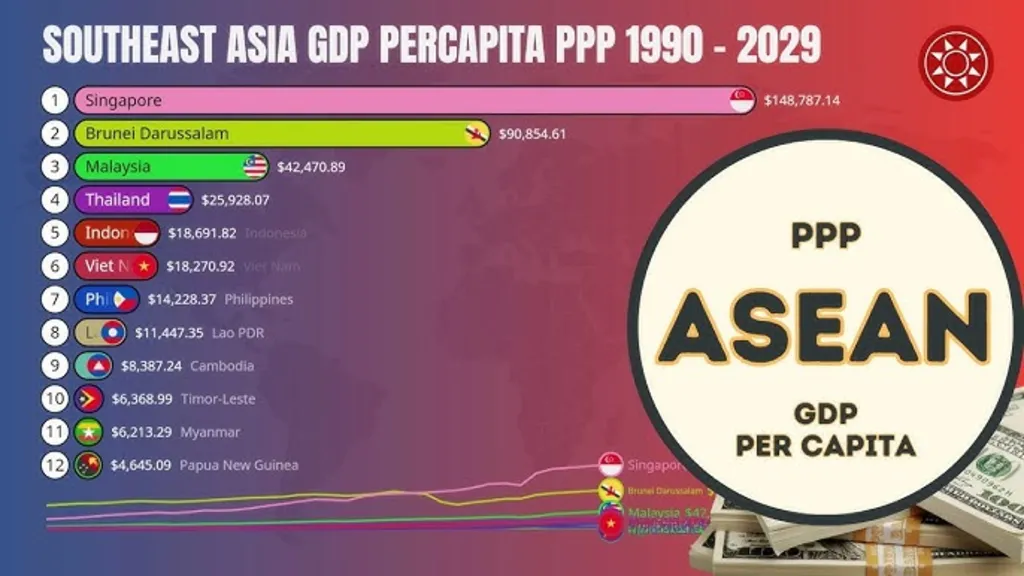Public-Private Partnerships (PPPs) are becoming a key strategy for infrastructure development in Southeast Asia. While they currently contribute less than 1% of GDP in countries like Indonesia, Malaysia, the Philippines, Thailand, and Vietnam, their potential is immense. With public finance contributing between 2% to 10% of GDP, Public-Private Partnerships in Southeast Asia offer a promising solution to bridge the region’s infrastructure gap.

Public-Private Partnerships in Southeast Asia: The Need for Infrastructure Investment
Southeast Asia faces significant infrastructure challenges. For example, Indonesia alone requires $82 billion annually for infrastructure development, which is about 9%–10% of its GDP. State-owned enterprises (SOEs) and the private sector are expected to fund 59% of these needs, making PPPs essential. These partnerships combine public oversight with private efficiency, ensuring projects are completed on time and within budget.
Successful Public-Private Partnerships in Southeast Asia
The Philippines is a standout example of PPP success. Since 2010, the Philippines PPP Center has awarded 16 contracts worth $6.4 billion. These projects span transportation, utilities, and healthcare, improving lives and boosting economic growth. Similarly, Thailand has 44 PPP projects across 16 agencies, focusing on transportation, logistics, and property development. These initiatives demonstrate how collaboration can drive progress.
Indonesia’s Post-COVID-19 PPP Growth
Indonesia’s economy has shown how PPPs can adapt to changing needs. After the pandemic, PPPs became a flexible financing tool for a wide range of projects. From healthcare facilities to transportation networks, these partnerships have helped the country recover and grow.
Beyond healthcare, Indonesia has also focused on transportation and digital infrastructure. The Jakarta-Bandung High-Speed Rail, a $6 billion project, is a flagship PPP initiative. It connects two major cities, reducing travel time and boosting economic activity. Similarly, the Palapa Ring Project, which aims to provide nationwide broadband internet, is another successful PPP. These projects highlight how PPPs can address critical infrastructure gaps while fostering economic recovery.
Australia’s Role in Promoting Public-Private Partnerships in Southeast Asia
Australia’s Partnership for Infrastructure (P4I) is another example of regional collaboration. This initiative supports Southeast Asian countries by advising on PPPs and promoting infrastructure development. One notable example is Australia’s collaboration with the Philippines on the New Clark City project. This smart city initiative, funded through a PPP model, aims to create a sustainable urban hub with green spaces, modern infrastructure, and disaster-resilient buildings. By sharing expertise and resources, P4I ensures that PPP projects are not only financially viable but also environmentally and socially inclusive.
Challenges and Opportunities
Despite their success, PPPs face challenges. High upfront costs and complex regulations can deter private investors. Smaller countries may also lack the expertise to manage large-scale projects. However, governments are addressing these issues through training programs and policy reforms. For instance, the ASEAN Infrastructure Fund provides financial support to make PPPs more accessible.
The Future of Public-Private Partnerships in Southeast Asia
The growing recognition of PPPs’ role in infrastructure development is a positive sign. With the right policies and partnerships, Southeast Asia can unlock its full potential. By leveraging private sector innovation and public sector oversight, the region can build smarter cities, better transportation networks, and more sustainable economies.
Public-Private Partnerships in Southeast Asia are transforming the region’s infrastructure landscape. From the Philippines’ successful projects to Indonesia’s post-pandemic recovery, PPPs are proving their value. As Southeast Asia builds its future, PPPs will remain a cornerstone of progress.






